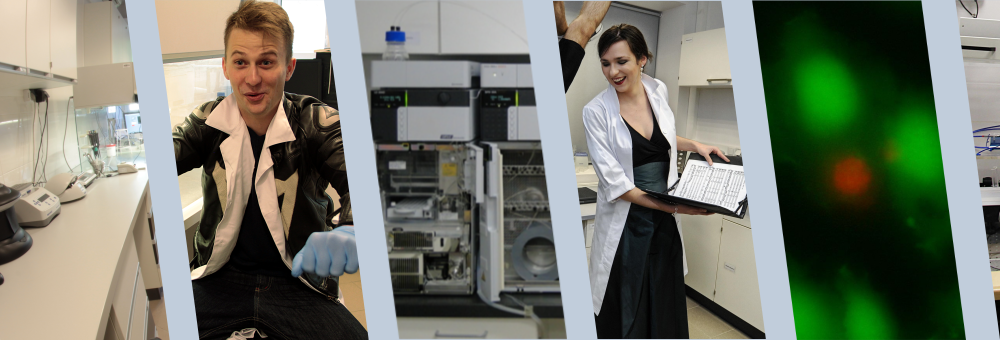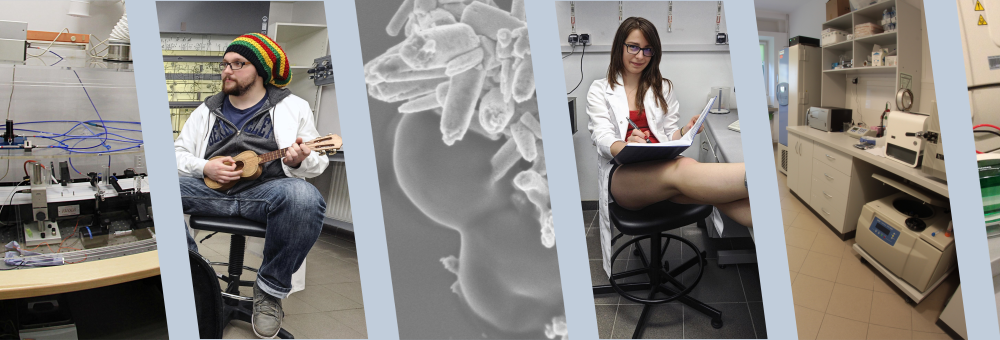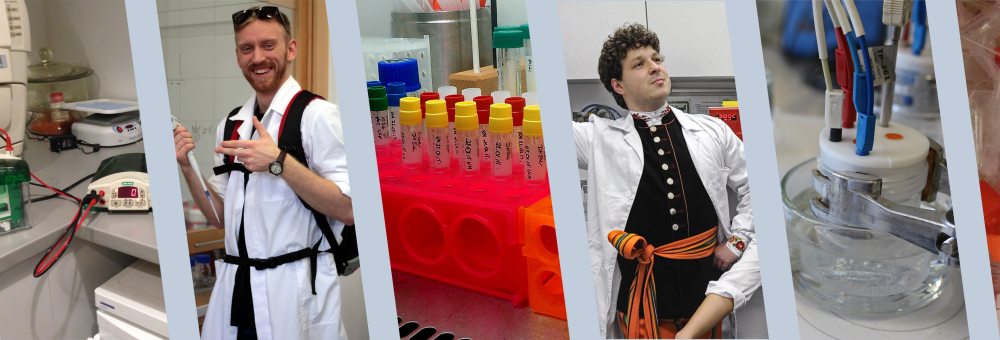Publication
Hollow microtubes made of carbon, boron and gold: novel semiconducting material for applications in electrochemistry and temperature sensing
Author(s): Paczesny, J. and Wybranska, K. and Niedziolka-Joensson, J. and E. and Wadowska, M. and Zawal, P. and Malka, I. and Dziecielewski, I. and Prochowicz, D. and Holyst, R. and Fialkowski, M.
Title: Hollow microtubes made of carbon, boron and gold: novel semiconducting material for applications in electrochemistry and temperature sensing
Abstract: Carbon based nanocomposites have recently been intensively investigated a new class of functional hybrid materials. Here, we present a to obtain a new nanocomposite material made of carbon, boron gold for applications in electrochemistry and electronics. The fabrication protocol uses cellulose fibers as a template that first modified with an inorganic nanocomposite material consisting of nanoparticles (AuNPs) embedded in a polyoxoborate matrix, and then subjected to the process of thermal decomposition. The as obtained has a form of tubes with a diameter of a couple of micrometers are composed of carbonized cellulose coated with the nanocomposite. This inorganic shell, which covers the surface of the carbon microtubes, serves as a scaffold that makes structure stable. The obtained material exhibits electrical of a semiconductor with the width of the band gap of about eV, and forms Schottky contact with a metal electrode. We show that new material is suitable for preparation of the NCT-type thermistor. also demonstrate application of the new nanocomposite in for modification of the surface of a working electrode. carried out with three exemplary redox probes show that the performance of the modified electrode depends greatly on the amount of AuNPs in the nanocomposite.
Pages: 64083-64090
Journal: RSC ADVANCES
Volume: 5
ID: ISI:000358786400010
Year: 2015
DOI: 10.1039/c5ra12146a









